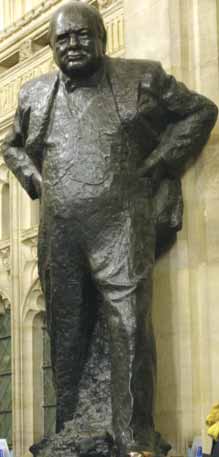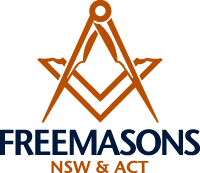
Churchill showed the way

Winston Leonard Spencer-Churchill was an English statesman, soldier, author, journalist and artist but was better known as the Prime Minister of England during World War II.
He was born in Blenheim Palace in Oxfordshire, England on 30 November 1874 and went to Harrow school, excelling in English and history. After school, he attended the Royal Military Academy Sandhurst and joined the army as a Subaltern of the Queen’s Own Hussars Cavalry Regiment.
He travelled to Cuba in 1895 to report on the Spanish battles against Cuban guerillas, switched to India two years later for the Pathan Revolt on the North West Frontier and in late 1897 wrote his first book. During the second Anglo-Boer war, he served as a war correspondent, was caught and held in a POW camp before escaping and rejoining the army.
He began his political career in 1900 when elected as the Conservative member for Oldham, joined the Liberals in 1904 and by 1911 became First Lord of the Admiralty. Churchill resigned after Gallipoli, rejoined the army and in 1925 returned to the Conservative Party.
When the Second World War started, Churchill was appointed a member of the War Cabinet and formed an all-party government after Chamberlain resigned as Prime Minister. His refusal to bow down to Germany, his defiant opposition to any negotiations with them and his stirring speeches were a great inspiration to the British people during the Battle for Britain. ‘We will fight them on the beaches …’ still remains one of his best remembered quotes.
He was responsible for creating the Special Operations Executive which conducted covert operations in occupied countries, and also the Commandos who became today’s current Special Forces. But his health suffered and he had a heart attack in 1941 at the White House.
After the war ended, Churchill lost the 1945 election but was re-elected in 1951 and stayed as Prime Minister until 1955 when ill-health forced him to retire. He had a second stroke in 15 January 1965 and died nine days later. By Royal Decree, he was given a State Funeral at St Paul’s Cathedral and he was buried in the family plot at St Martin’s Church, Bladon, near Woodstock.
Winston Churchill married Clementine Hozier on 12 September 1908 at St Margaret’s in Westminster and they had five children. When he was not attending to Government business, Churchill lived in Kent where he spent his time writing and painting.
He became interested in Freemasonry in 1901 as many of his family had been masons. At the age of 26, he was initiated into Studholme Lodge in London on 24 May 1901. In 1912 he resigned from the lodge but continued his membership in the Craft.
His outstanding career earned many honours. He was named an honorary citizen of the United States, awarded a Nobel Peace Prize, received 37 orders, decorations and medals and his statue stands in the British Parliament watching those who enter the House of Commons.
Article extracted from Freemason magazine, June 2014, page 38.


